In 2019, the World Bank (WB) and the IMF will be 75 years old. These two international financial institutions (IFI), founded in 1944, are dominated by the USA and a few allied major powers who work to generalize policies that run counter the interests of the world’s populations.
The WB and the IMF have systematically made loans to States as a means of influencing their policies. Foreign indebtedness has been and continues to be used as an instrument for subordinating the borrowers. Since their creation, the IMF and the WB have violated international pacts on human rights and have no qualms about supporting dictatorships.
A new form of decolonization is urgently required to get out of the predicament in which the IFI and their main shareholders have entrapped the world in general. New international institutions must be established. This new series of articles by Éric Toussaint retraces the development of the World Bank and the IMF since they were founded in 1944. The articles are taken from the book The World Bank: a never-ending coup d’état. The hidden agenda of the Washington Consensus, Mumbai: Vikas Adhyayan Kendra, 2007, or The World Bank : A critical Primer Pluto, 2007.
***
In 1960, the World Bank already began to see the danger of a debt crisis looming, as the main indebted countries were struggling to keep up with the rising amounts they had to repay. The warning signs increased throughout the ‘60s until the oil crisis of 1973. The World Bank leaders, private bankers, the Pearson Commission and the US General Accounting Office (GAO) published reports warning of the risk of a crisis. However once the price of petroleum had started to rise in 1973 and huge amounts of petrodollars were recycled through the big commercial banks of the industrialised countries, there was a radical change of tone. The World Bank no longer spoke of a crisis. Yet indebtedness was still gathering speed. The World Bank competed with the commercial banks in granting the maximum number of loans as fast as possible. Until the debt crisis broke in 1982, the World Bank held a double discourse. One, destined for the public and the indebted countries, claimed that there was nothing to worry about and that if there were problems, they would be short-lived; that was what appeared in official documents available to the public. The other discourse took place behind closed doors at internal meetings. One internal memorandum reads that if banks see risks rising, they will cut down on loans and “We may see a larger number of countries in extremely difficult situations” (29 October 1979) [1].
After 1960, there were plenty of warning signs.
In 1960, Dragoslav Avramović and Ravi Gulhati, two eminent World Bank economists [2], published a report which clearly highlighted the danger of seeing the developing countries reach an unsustainable level of indebtedness due to the gloomy prospects of earning much in export revenues:
“In several major debtor countries, most of which already have high debt service ratios, service payments are predicted to rise in the next few years. (…) In some cases uncertain export prospects and heavy debt service schedules constitute a serious obstacle to substantial amounts of further borrowing”. [3]
This was just the beginning of a long series of warnings which appeared in different successive World Bank documents until 1973.
On page 8 of the World Bank’s 1963-64 Annual Report we read:
“The heavy debt burden that weighs on an increasing number of its member countries has been a continuing concern of the World Bank group… the Executive Directors have decided that the Bank itself may vary some terms of its lending to lighten the service burden in cases where this is appropriate to the debt position of the country”. [4]
The 20th Annual Report, published in 1965, carries a large section on the debt. It emphasises that exports of agricultural produce are increasing faster then the demand from the industrialised countries, triggering a fall in prices [5]: “agricultural export commodities growth has tended to be more rapid than the growth of demand in the industrialized countries. Consequently, the developing countries suffered from a sustained decline in the prices of their agricultural exports during 1957-1962″. For example, while coffee exports increased by 25% of volume between 1957 and 1962, the export revenues they brought in fell by 25% [6]. Cocoa and sugar prices also fell. The report showed that exports from the developing countries were essentially raw materials for which Northern demand was slow and erratic. The prices of raw materials were falling. [7] The report also indicated that financial flows towards the developing countries were insufficient, whether in terms of donations and loans or of foreign investments, because of the large amounts paid out in debt repayments and repatriation of profits on foreign investments.
The report mentioned that the debt had increased at an annual rate of 15% between 1955 and 1962 and had then accelerated to a rate of 17% between 1962 and 1964. Just over 50% of the debt was concentrated on eleven countries. All were big clients of the Bank (India, Brazil, Argentina, Mexico, Egypt, Pakistan, Turkey, Yugoslavia, Israel, Chile, Colombia).
The growth rate of the external public debt of the developing countries was very high. Between 1955 and 1963, the debt increased by 300%, from 9 billion to 28 billion US dollars. In just one year from 1963 to 1964, the debt increased by 22% to reach 33 billion dollars. The total amount of debt service increased fourfold over that whole period (1955-1964).
In 1955, debt service came to 4% of export revenues. By 1964, it had tripled to 12%. And in the case of certain countries, it was almost 25%!
The report placed the accent on the need to properly define the conditions under which the World Bank and other creditors granted loans. What was the underlying reasoning?
The harsher the conditions, the higher the repayments. The higher the repayments, the higher the volume of aid would have to be. Consequently, the relative harshness or flexibility of conditions was as important as the volume of aid. Two key factors determined the harshness or flexibility: first, the percentage that was donated, and secondly, the actual terms and conditions of loans (the duration and interest rate).
The report noted that the share of donations had fallen (mainly those of the USA). Interest rates had dropped slightly and the conditions of loans had toughened up. In other words, harshness had been increased on one side and reduced a bit on the other. Note that the USSR lent money at a considerably lower interest rate than that fixed by the “West” [8]. Great Britain announced that in future, it would grant interest-free loans to the poorest countries. Canada said much the same. The report pleaded for greater flexibility in the conditions carried by loans.
None of the 19 reports that had preceded this one contained this kind of analysis. How can the particular tone and the original contents of this report be explained?
In fact, the report was written under pressure of events. Numerous Third World countries had joined the Non-aligned Movement. They had a majority within the UN General Assembly and in 1964 they had managed to have the United Nations Conference on Trade and Development founded. UNCTAD is the only UN institution run by representatives of the developing countries [9]. These countries were strongly critical of the attitude of the industrialised countries. The World Bank itself counted 102 member states at the time, most of which were Third World countries. The Bank’s leaders were obliged to take account of the recriminations of the South in their analysis.
The 21st Annual Report published in 1966 also discussed loan conditions, pleading for greater flexibility and pointing out that under the present logic, the debt was bound to increase permanently.
“While the increasingly heavy debt burden of developing countries points to the need for funds on easier terms … the average terms of total bilateral assistance may become less, rather than more, concessionary… A higher level of aid on inappropriate terms, however, could make the external debt problem even more difficult. If aid is not made available on average terms which are more concessionary, the gross volume of assistance will have to be steeply and continuously increased in order to maintain any given level of real resources transfer” [10].
To summarise, the World Bank had clearly detected the persistent danger of a debt crisis breaking out due to countries’ inability to sustain rising debt payments. The solutions proposed by the Bank in the texts quoted above consisted of increasing the volume of loans and proposing more favourable conditions: lower interest rates, and longer periods for repayment. In fact, the Bank did not see the problem in terms of financial flows. It merely saw that for the indebted countries to be able to repay their debt, they would need to borrow more money on easier terms. Plainly, this was the start of the vicious circle where new debts serve to repay old ones, both in theory and in practice.
In the same reports, the Bank expressed confidence in an increase of private capital flows (loans and investments) towards the developing countries. The increase of private loans was considered as an important objective. Such an increase would reduce expectations linked to public finance, according to the reports.
The 20th Annual Report published in 1965 reads:
“The World Bank group and other international organizations (…) are making strenuous efforts to encourage and enlarge the flow of private capital into the less developed countries. There is no doubt that this flow can be expected to increase (…) thereby accelerating the pace of development and relieving the pressure on public funds” [11]. In the one published in 1966, the need to free up international movement of capital is highlighted: “It is to be hoped that conditions can be established in world [private] capital markets which will permit a freer movement of capital internationally.” [12] Then, remarkably, after a long discussion of the difficulties of repaying the debt, the Bank declares that there should be no reduction in loans: “None of this, however, should be taken to mean that developing countries cannot afford, and hence should avoid, any increase in debt service obligations”. [13]

The designation of the Commission Pearson in 1968 by Robert McNamara, the new president of the World Bank, is one of the ways in which the US leaders tried to deal with the growing indebtedness and demands of the South. Partners in Development, the report published by the Pearson Commission in 1969, predicted that the burden of debt would increase to reach crisis situation in the following decade. The percentage of new gross loans used to service existing debt reached 87% in Latin America in 1965-67.
In 1969, Nelson Rockefeller, brother of the president of the Chase Manhattan Bank, explained in a report to the US President about the problems Latin America had to face:
“Heavy borrowing by some Western hemisphere countries to support development has reached the point where annual repayments of interest and amortization absorb a large share of foreign exchange earnings… Many of the countries are, in effect, having to make new loans to get the foreign exchange to pay interest and amortization on old loans, and at higher interest rates” [14].
In 1969, the General Accounting Office (GAO) handed the government an equally alarming report:
“Many poor nations have already incurred debts past the possibility of repayment… The US continues to make more loans to underdeveloped countries than any other country or organization and also has the greatest loss ratio. The trend toward making loans repayable in dollars does not ensure that the funds will be repaid” [15].
Some time later, in 1970, in a report to the US president, Rudolph Peterson, president of the Bank of America, sounded the alarm:
“The debt burden of many developing countries is now an urgent problem. It was foreseen, but not faced, a decade ago. It stems from a combination of causes [but] whatever the causes, future export earnings of some countries are so heavily mortgaged as to endanger continuing imports, investment, and development.” [16]
In short, from the late 1960s, diverse influential and inter-related sources in the USA considered that a debt crisis could break in the ensuing years.
Despite being aware of the danger …
For his part, Robert McNamara also considered the rate at which Third World indebtedness was growing as a problem. He declared that by the end of 1972, the debt would come to 75 billion dollars and the annual service of the debt would exceed 7 billion dollars. The amount paid in debt servicing had increased by 18% in 1970 and 20% in 1971. The average rate of increase of the debt since the decade of the 1960s represented almost double the growth rate of the export revenues with which the indebted countries had to service the debt. He added that the situation could not go on indefinitely. [17]
…from 1973 on, the World Bank set out to increase debt in competition with the commercial banks
Yet the World Bank presided by McNamara kept up the pressure on the countries of the Periphery to get them even more into debt.
The rise in prices of petroleum products and other raw materials in 1973 led countries to rush blindly into even greater debt. The publications of the World Bank, the IMF and bankers, showed less and less pessimism concerning the repayment difficulties that the developing countries were faced with.
Take for example the IMF’s annual report for 1975, which contained the following dispassionate message:
“The investment of the surpluses of oil-exporting countries in national and international financial markets together with the expansion of international financing (through both bilateral arrangements and multilateral facilities) has resulted in a satisfactory channeling of funds into the current account deficits of the oil-importing countries” [18].
It is interesting to note that this diagnosis is at loggerheads with the one that would appear when the debt crisis had arisen. No sooner had the crisis broken in 1982, than the IMF blamed it on the two oil crises of 1973 and 1979. Yet the 1975 quotation implies that for the IMF, the recycling of petrodollars combined with public lending had largely solved the problems of oil-importing countries.
Why did the World Bank encourage debt in the 1970s?
The World Bank absolutely wanted to increase its influence over the maximum number of countries that clearly positioned themselves in the capitalist camp or at least kept a distance from the USSR (like Yugoslavia) or were trying to (like Romania) [19]. To maintain or increase its influence, it needed to strengthen its leverage by constantly upscaling the amounts it lent. Now, commercial banks also wanted to increase their lending and were ready to offer more competitive rates than the World Bank [20]. This sent the Bank off in search of projects that might require loans. Between 1978 and 1981, the amounts lent by the Bank rose by 100%.
Robert McNamara made a great show of confidence in the 1970s. In 1977 he declared in his annual presidential address that
“the major lending banks and major borrowing countries are operating on assumptions which are broadly consistent with one another” and he concluded that “we are even more confident today than we were a year ago that the debt problem is indeed manageable.” [21]
Some big commercial banks also showed great serenity [22]. In 1980, the Citibank declared:
“Since World War II, defaults by LDC’s, when they have occurred, have not normally involved major losses to the lending banks. Defaults are typically followed by an arrangement between the government of the debtor country and its foreign creditors to reschedule the debt … Since interest rates or spreads are typically increased when a loan is rescheduled, the loan’s present discounted value may well be higher than that of the original credit”. [23]
This statement is to be taken with the greatest caution as to the motivations of its author. In fact, by 1980 the Citibank, one of the most active banks in the 1970s in terms of Third World lending, was beginning to sense that the wind was changing. At the time these lines were written, it was already preparing to withdraw, and was granting almost no more new loans.
The text was destined for smaller banks, especially local banks in the USA, of the Savings and Loans type, that companies like the Citibank were trying to reassure so that they would continue to grant loans. In the Citibank’s view, the money that Savings and Loans continued to send to the countries of the South would enable them to repay the big banks. In other words, for the indebted countries to carry on repaying the big banks, there had to be other lenders. They could be private (small or middle-sized banks, less well informed than the bigger ones or misinformed by them) or public (the World Bank, the IMF, public export credit agencies, governments…). There had to be lenders of last resort for the big banks to be sure of getting fully repaid. In this respect, it might be said that in falling over themselves to be reassuring in the run-up to the crisis, institutions like the World Bank and the IMF connived with the big banks that were on the look-out for lenders of last resort. The smaller banks that continued to lend capital to the developing countries were forced into bankruptcy after the 1982 crisis and they were bailed out by the US Treasury, that is, by US taxpayers.
The watershed 1979 – 1981
The second oil crisis of 1979 (after the Iranian revolution) coincided with a fall in prices of other raw materials.
At the end of 1979, two factors forced up the cost of the debt: a very sharp rise in interest rates and the appreciation of the dollar. Attempts from the South to revive negotiations for a New World Order failed and in Cancun in 1981, the dialogue between the North and the South fell through. Moreover, the United States did not apply the budget austerity they imposed on the countries of the South. Instead they reduced taxes, increased military spending and spent more on consumer goods.
The general about-turn towards what the World Bank called “structural adjustment“ was announced in a speech made by Robert McNamara at the UNCTAD conference in Manila in May 1979.
The double discourse of the World Bank
Until the debt crisis broke in 1982, the World Bank held a double discourse. One, destined for the public and the indebted countries, claimed that there was nothing to worry about and that if there were problems, they would be short-lived; that was what appeared in official documents available to the public. The other discourse took place behind closed doors at internal meetings.
In October 1978, one of the vice-presidents of the World Bank, Peter Cargill, in charge of Finance, addressed a memorandum to the president, McNamara, entitled “Riskiness in IBRD’s loans portofolio”. In it, Peter Cargill urged Robert McNamara and the whole of the World Bank to pay a lot more attention to the solvency of indebted countries. [24] Peter Cargill claimed that the number of indebted countries in arrears regarding payments to the World Bank and/or that were seeking to renegotiate their multilateral debt had risen from three to eighteen between 1974 and 1978! Robert McNamara himself made known his worries internally on several occasions, particularly in a memorandum dated September 1979. One internal memorandum reads that if banks see risks rising, they will cut down on loans and “We may see a larger number of countries in extremely difficult situations” (29 October 1979) [25].
The World Development Report published by the World Bank in 1980 gives an optimistic view of the future, predicting that interest rates would stabilise at the very low level of 1%. This was completely unrealistic, as was proved by real events. It is edifying to learn through the World Bank historians that in the first, unpublished, version of the report, there was a second hypothesis based on a real interest rate of 3%. That projection showed that the situation would eventually be unsustainable for the indebted countries. Robert McNamara managed to get that gloomy scenario left out of the final version! [26]
The World Bank’s World Development Report of 1981 mentions that it seemed very likely that borrowers and lenders would adapt to the changing conditions without starting a general crisis of confidence. [27]
Robert McNamara’s presidential mandate at the World Bank ended in June 1981, a year before the crisis broke and became common knowledge. The president, Ronald Reagan, replaced him with Alden William Clausen, president of the Bank of America, one of the major private creditors to the developing countries. Rather like putting a fox in the chicken-run…
*
Note to readers: please click the share buttons above or below. Forward this article to your email lists. Crosspost on your blog site, internet forums. etc.
This article was originally published on CADTM.
Translated by Vicki Briault with the collaboration of Elizabeth Anne.
Eric Toussaint is a historian and political scientist who completed his Ph.D. at the universities of Paris VIII and Liège, is the spokesperson of the CADTM International, and sits on the Scientific Council of ATTAC France.
Notes
[1] D. Kapur, J. Lewis, R. Webb, 1997, The World Bank, Its First Half Century, Volume 1. p. 599.
[2] The Yugoslav Dragoslav Avramović was Chief Economist at the World Bank from 1963-1964. Thirty years later, he became the governor of the Central Bank of Yugoslavia (1994-1996) under the government of Slobodan Milosevic.
[3] Avramović, Dragoslav and Gulhati, Ravi. 1960. Debt Servicing Problems of Low-Income Countries 1956-58, Johns Hopkins Press for the IBRD, Baltimore, p.56 et 59.
[4] World Bank, Annual Report 1963-4, p.8.
[5] World Bank, Annual Report 1965, p. 54
[7] Note that at this time the World Bank was directing its loans towards export crops and activities exporting raw materials.
[9] For a brief account of the creation of UNCTAD and its subsequent development, see Eric Toussaint, 2005, Your Money or Your Life: The Tyranny of Global Finance, Haymarket Books, Chicago, Illinois, p. 99-104. See also CETIM. 2005. ONU. Droits pour tous ou loi du plus fort ?, Cetim, Geneve, 2005, p. 207 – 219 et Therien, Jean-Philippe. 1990. Une Voix du Sud : le discours de la Cnuced, L’Harmattan, Paris.
[10] World Bank, Annual Report 1966, p.45.
[11] World Bank, Annual Report 1965, p.62.
[12] Paradoxically, while the WB argues for freer movement of capital between the DC and developed countries, Washington for its own part has set up severe restrictions on capital flow out of the USA since 1963. These restrictions have accelerated the development in Europe of the market for eurodollars which are recycled as loans to the DC. See Eric Toussaint, 2005, Your Money or Your Life. The Tyranny of Global Finance. Haymarket Books, Chicago, Illinois, p.189 and Norel, Philippe & Saint-Alary, Eric. 1988. p. 41 ff.
[13] World Bank, Annual Report 1966, p.45.
World Bank, Annual Report 1966, p.35.
[14] Nelson Rockefeller. 1969. Report on the Americas, Quadrangle Books, Chicago, p. 87, cited by Payer, Cheryl. 1991. Lent and Lost. Foreign Credit and Third World Development, Zed Books, London, p.58.
[15] Banking, November 1969, p. 45, cited by Payer, Cheryl. 1991. Lent and Lost. Foreign Credit and Third World Development, Zed Books, London, p. 69.
[16] Task Force on International Development, U.S. Foreign Assistance in the 1970s : a new approach, Report to the President, Government Printing Office, 1970, Washington, p.10.
[17] McNamara, Robert S. 1973. Cien países, Dos mil millones of seres, Tecnos, Madrid, p.94.
[18] IMF, Annual Report 1975, p. 3.
[19] It was in this context that the World Bank went to great lengths to persuade China to join its ranks (much to the chagrin of the government of Taiwan, who had occupied China’s seat at the Bank from 1949 to 1979). In fact, the People’s Republic of China returned to the World Bank at the end of Robert McNamara’s presidency.
[20] In 1976-1977-1978, the commercial banks made loans to Brazil at an average rate of 7.4% while the World Bank was lending at 8.7% (Kapur, Devesh, Lewis, John P., Webb, Richard. 1997. The World Bank, Its First Half Century, Volume 1, p. 281 and table 15.5. p. 983)
[21] Cited by Nicholas Stern and Francisco Ferreira. 1997. « The World Bank as ‘intellectual actor’ » in Kapur, Devesh, Lewis, John P., Webb, Richard. 1997. The World Bank, Its First Half Century, Volume 2, p.558.
[22] In the medium term, they were right. The vision expressed in McNamara’s words was confirmed in the 1980s when debt payments were suspended for short periods and rescheduling was agreed between the big US banks and the governments of Latin America with the support of the IMF and the WB. As Citibank claimed, interest rates and differentials were usualy revised upwards when a loan was rescheduled. That is exactly what happened. As the next two chapters show, big banks made enormous profits out of the indebted countries.
[23] Global Financial Intermediation and Policy Analysis (Citibank, 1980), quoted in ‘Why the Major Players Allowed it to happen’, International Currency review, May 1984, p.22, cited by Payer, Cheryl. 1991. Lent and Lost. Foreign Credit and Third World Development, Zed Books, London, p.72.
[24] D. Kapur, J. Lewis, R. Webb, 1997, vol. 1. p. 598
[25] D. Kapur, J. Lewis, R. Webb, 1997, vol. 1. p. 599
[26] This scenario, though closer to what actually happened, was still too optimistic.
[27] Cited by Nicholas Stern and Francisco Ferreira. 1997. « The World Bank as ‘intellectual actor’ » in Kapur, Devesh, Lewis, John P., Webb, Richard. 1997. The World Bank, Its First Half Century, Volume 2, p.559.

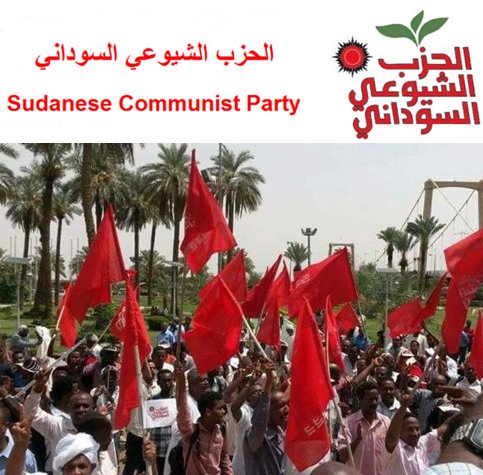
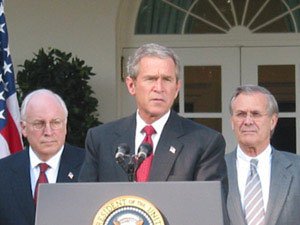
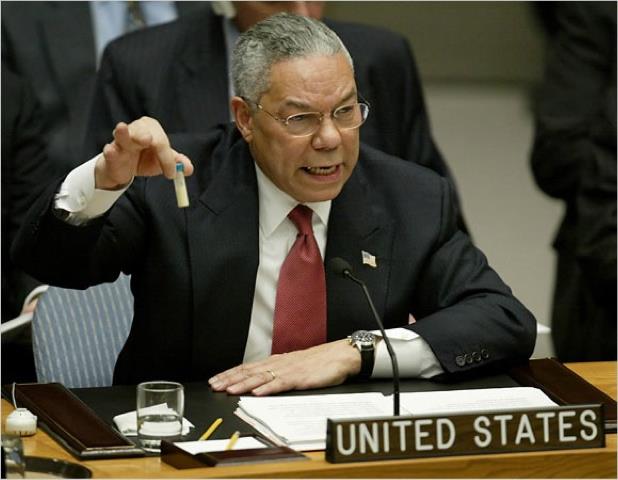


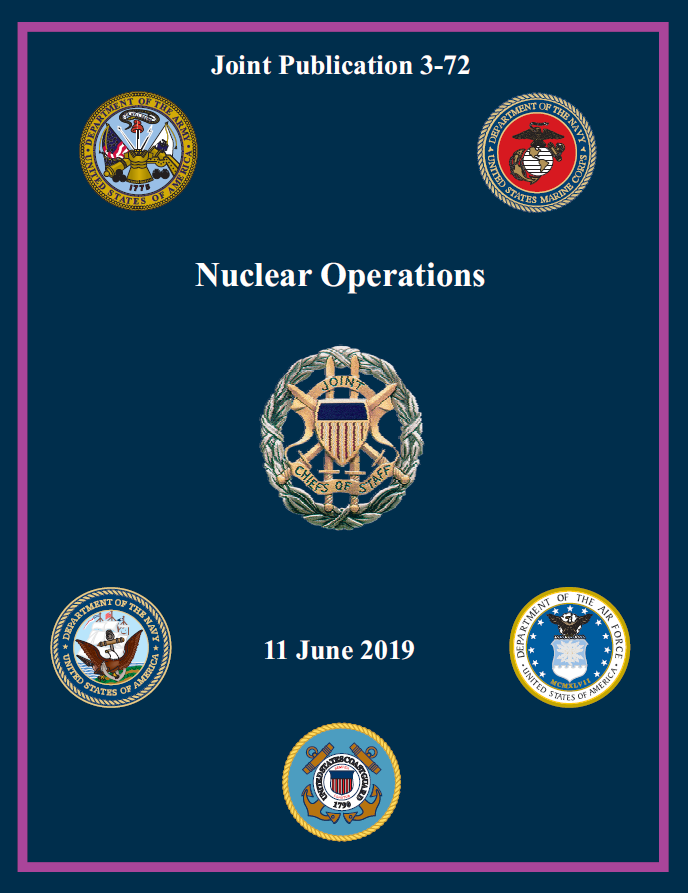



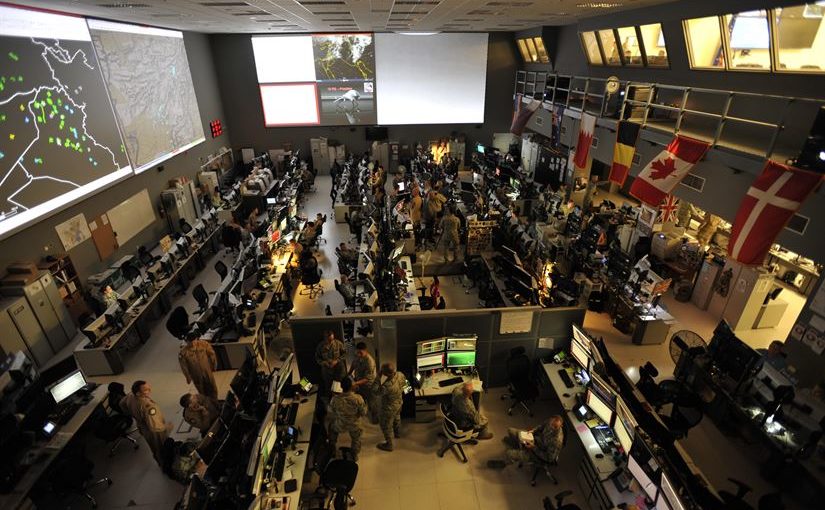
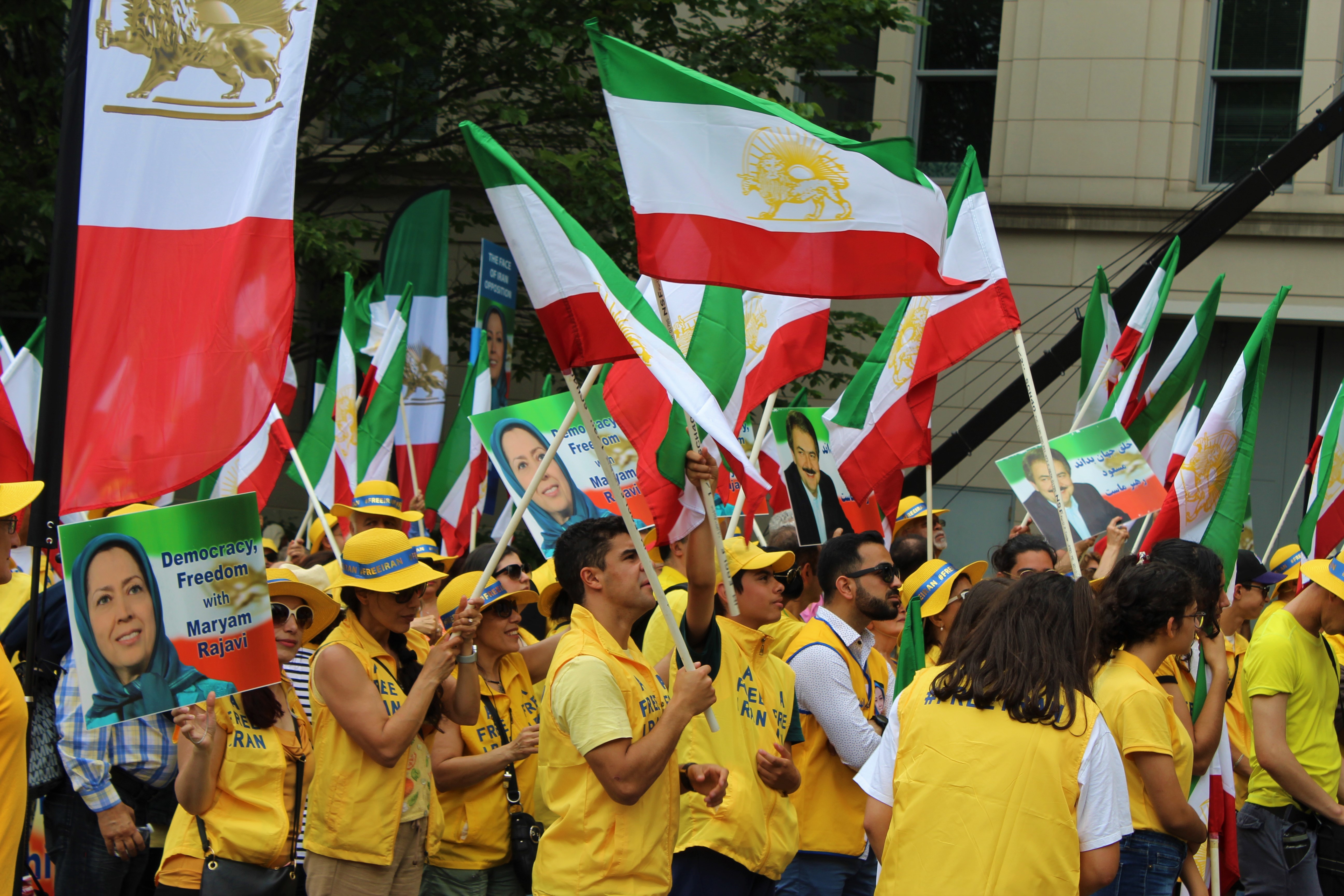

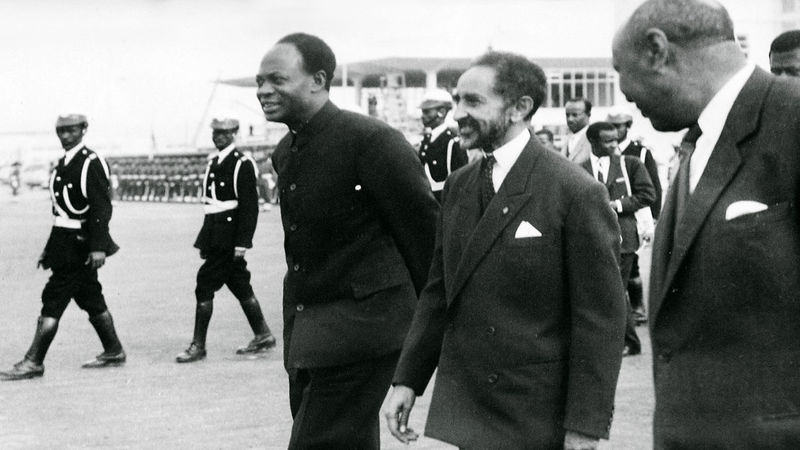

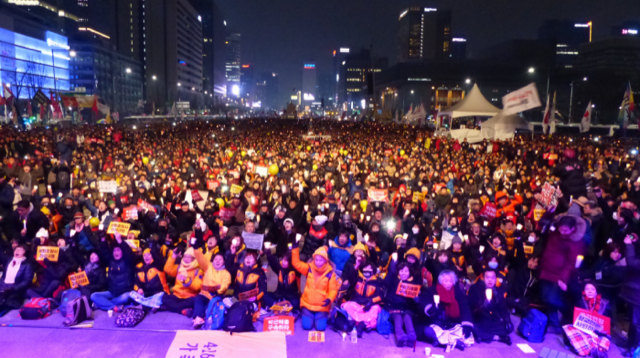
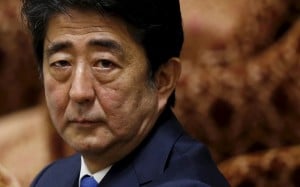













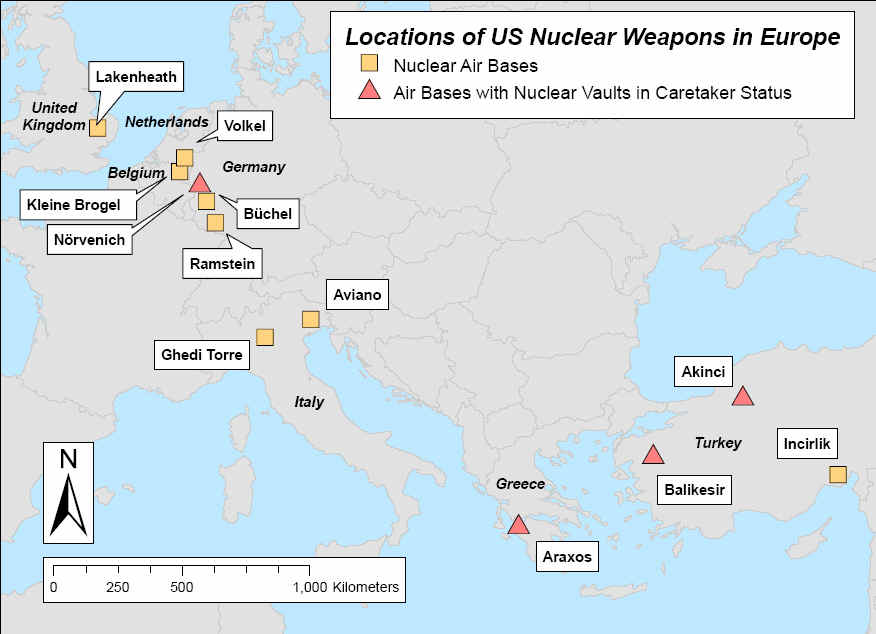



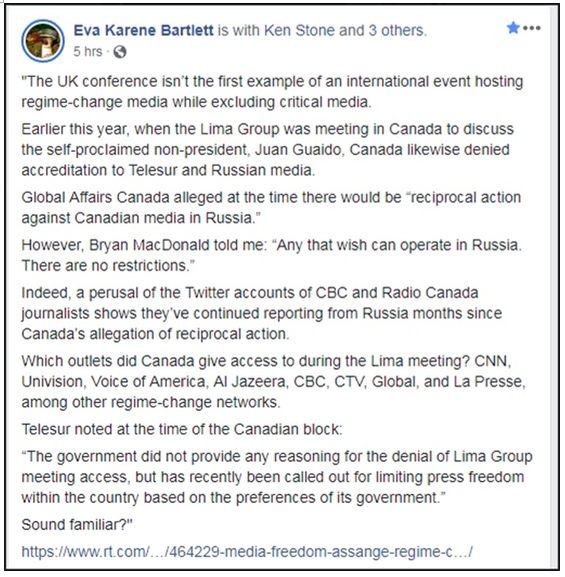

 Overcoming the Robotic Mind: Why Humanity Must Come Through
Overcoming the Robotic Mind: Why Humanity Must Come Through






























